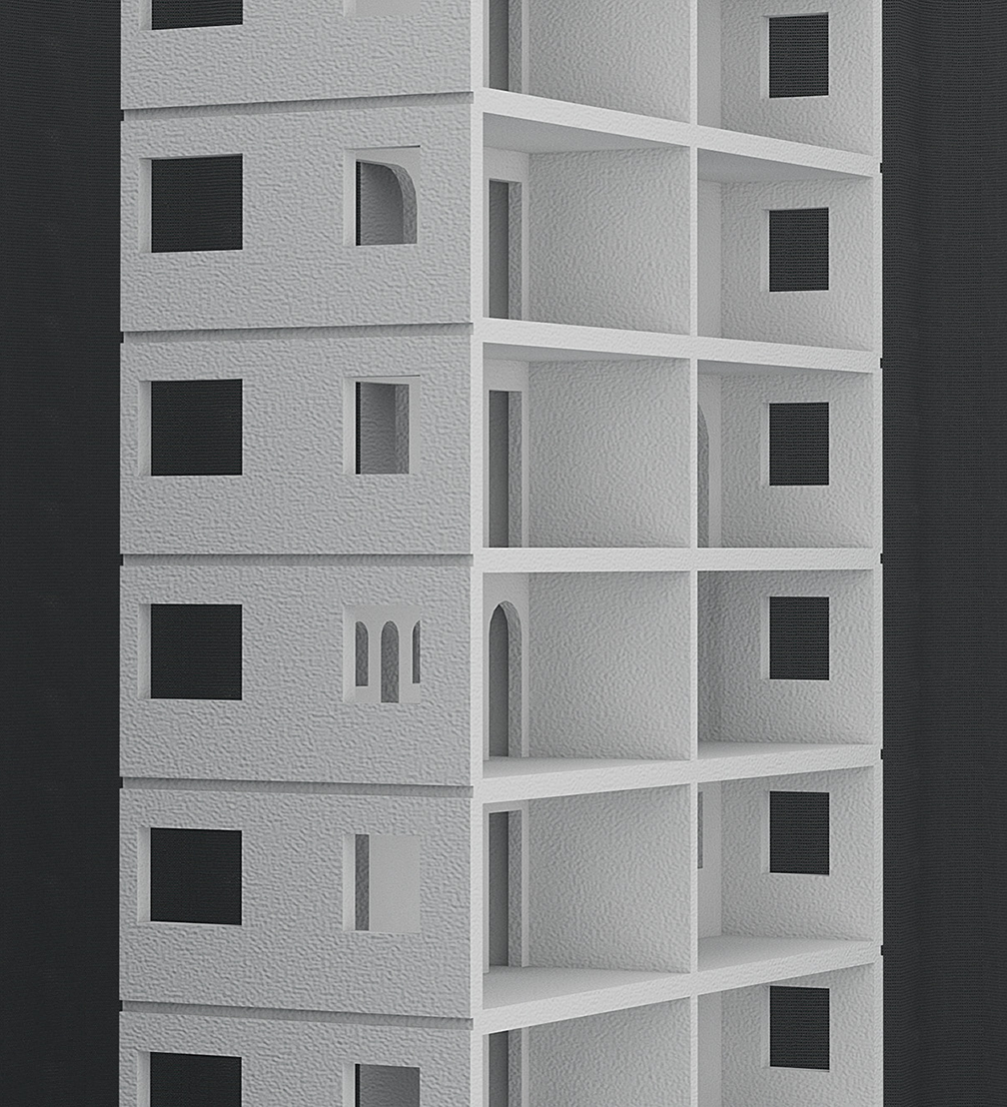
The Latvian Pavilion during the 16th International Architecture Exhibition Biennale Architettura 2018, titled «Together and Apart», looks at apartment buildings in relation to architecture’s role in organising society. The official opening of the Latvian Pavilion will take place on May 25 when the publication «The Architecture of Together and Apart: An Inquiry into Apartment Buildings» will also be launched.
The Latvian pavilion «Together and Apart» examines how apartment buildings as an architectural category generate ways of living together and apart — although the individual apartment provides the possibility to separate one from the outside, it is always a part of a common structure.
«Together and Apart» is curated by a multidisciplinary team consisting of architect and urbanist Evelīna Ozola, architect Matīss Groskaufmanis, set designer Anda Skrējāne and Director of the New Theatre Institute of Latvia Gundega Laiviņa. This exhibition aims to explore the question of living together in an increasingly complex society and architecture’s role in providing for it.
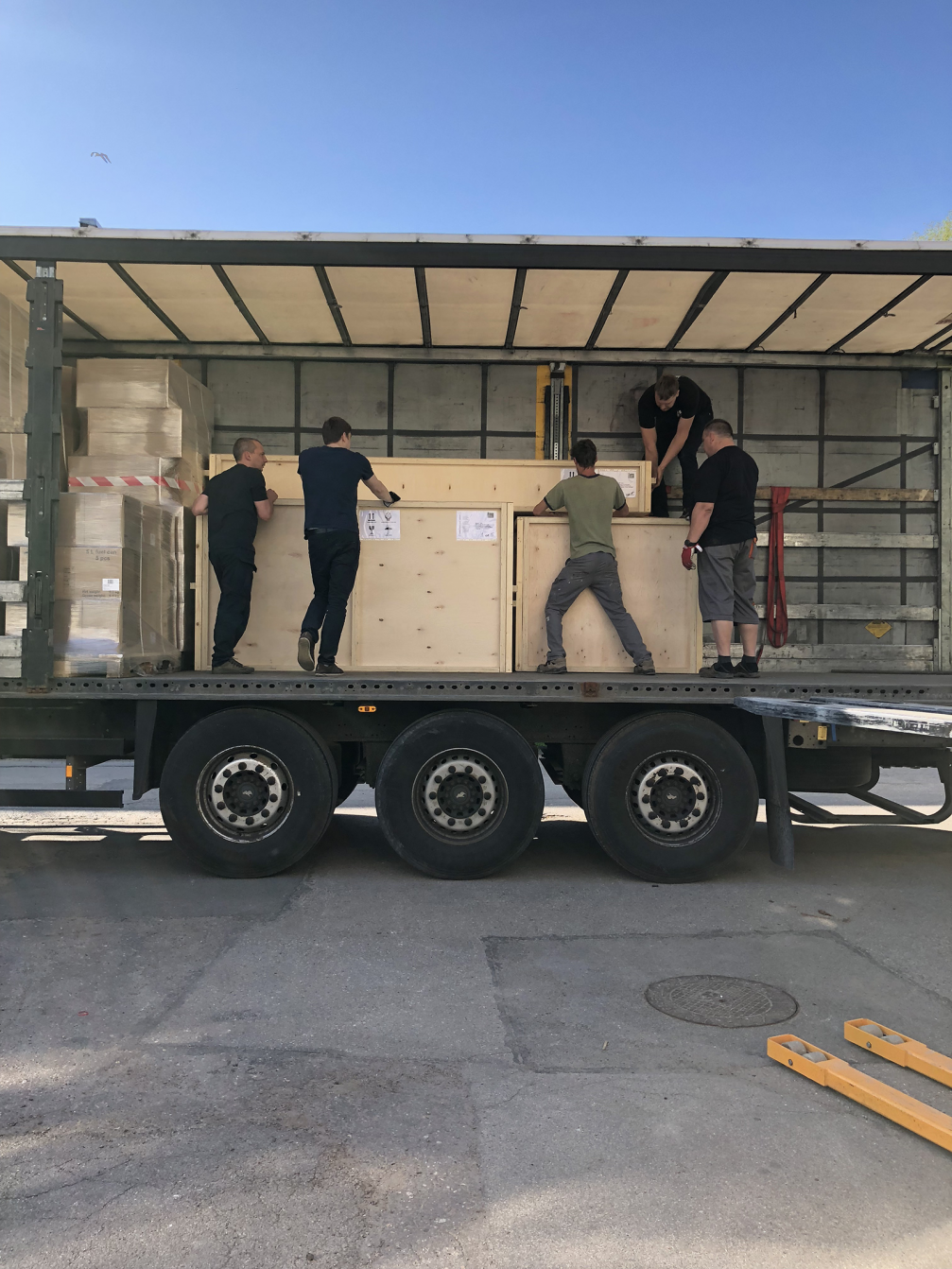
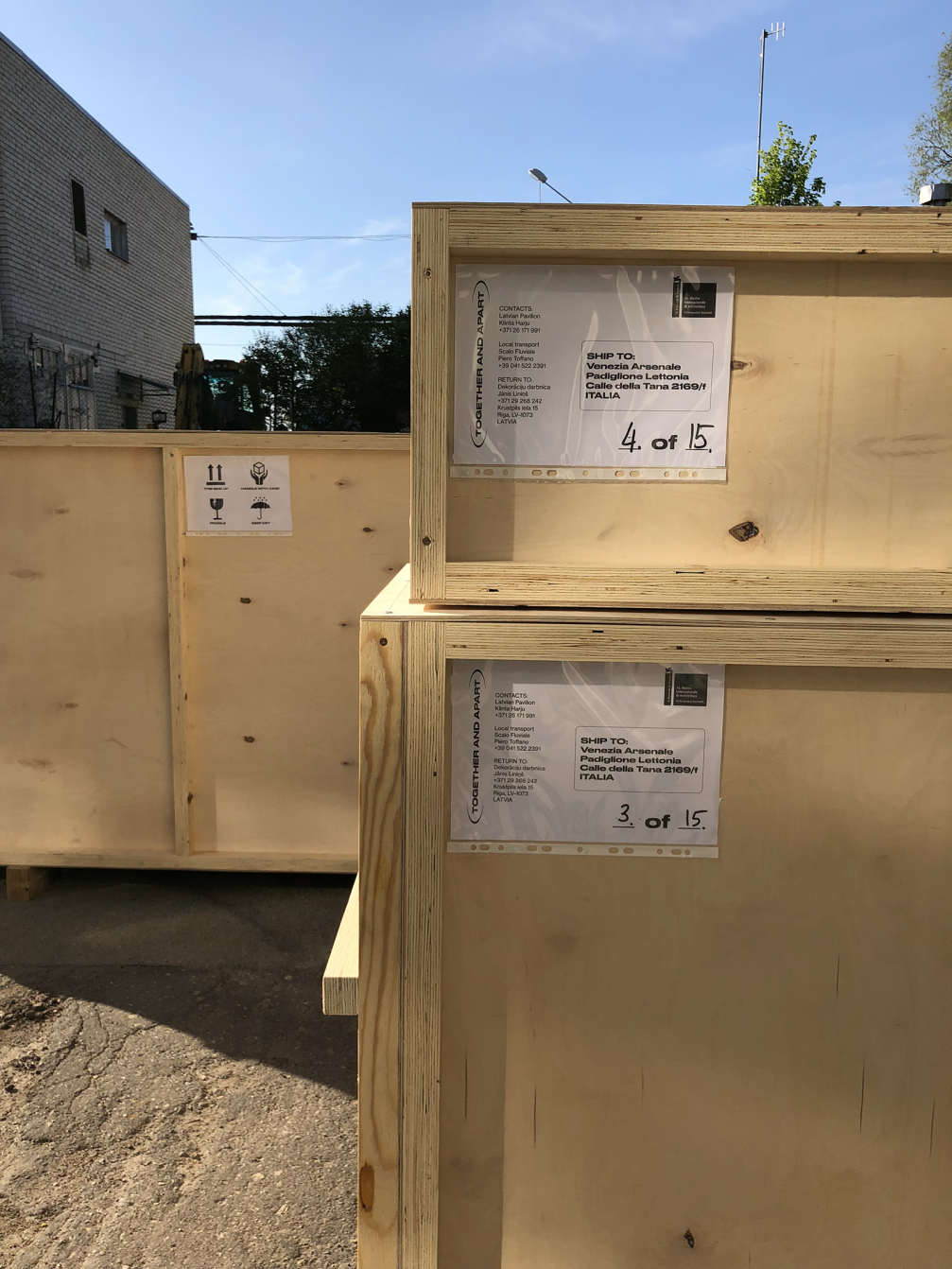
The exhibition is divided into four sections — «Distance», «Promise», «Warmth» and «Self», each looking at a socioeconomic transformation through the lens of an apartment building. «Distance» portrays the proximities between individual spheres that emerge as a consequence of demographic shifts; «Promise» looks at the apartment building as a political project; «Warmth» explores the relationship between energy consumption, geopolitics, and collective decision making; «Self» deals with the individual apartment as a subject of private property, and the limitations of it.
These sections will be presented through conceptual models, created by sculptor Ivars Drulle, artist Daria Melnikova, set designer Charlotte Spichalsky, designer Dita Pāne and architect Mārtiņš Dušelis. Each in its own way, the models seek to capture architecture’s relationship to apartment living and broader societal processes. The exhibition also features archival materials that illustrate significant episodes from both the far and the more recent history of apartment living, as well as photography series by Reinis Hofmanis, depicting the multitude of apartment buildings found in Latvia’s urban and rural landscapes.
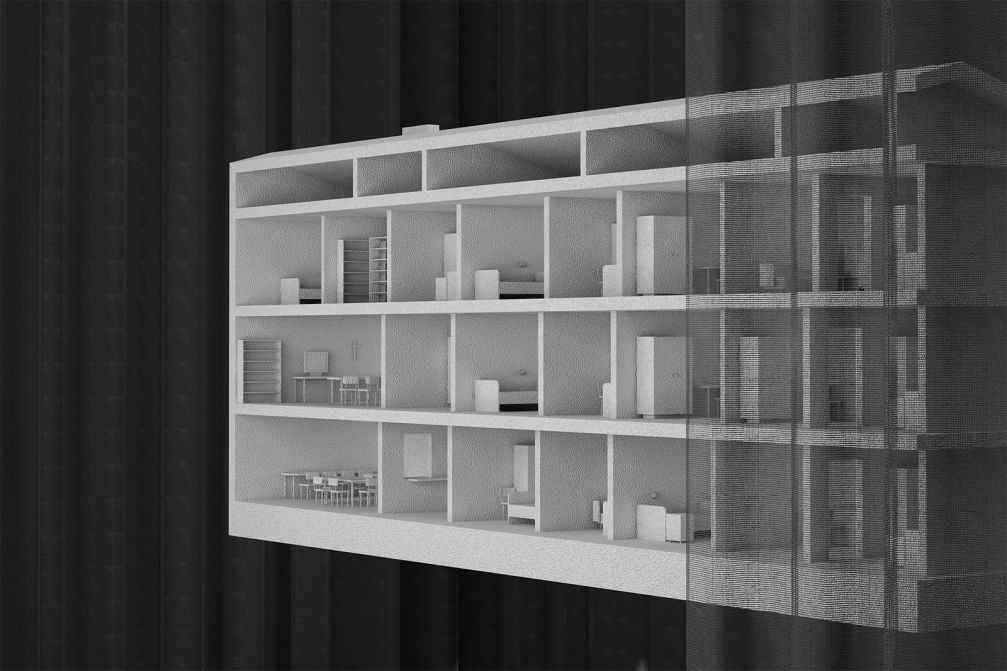
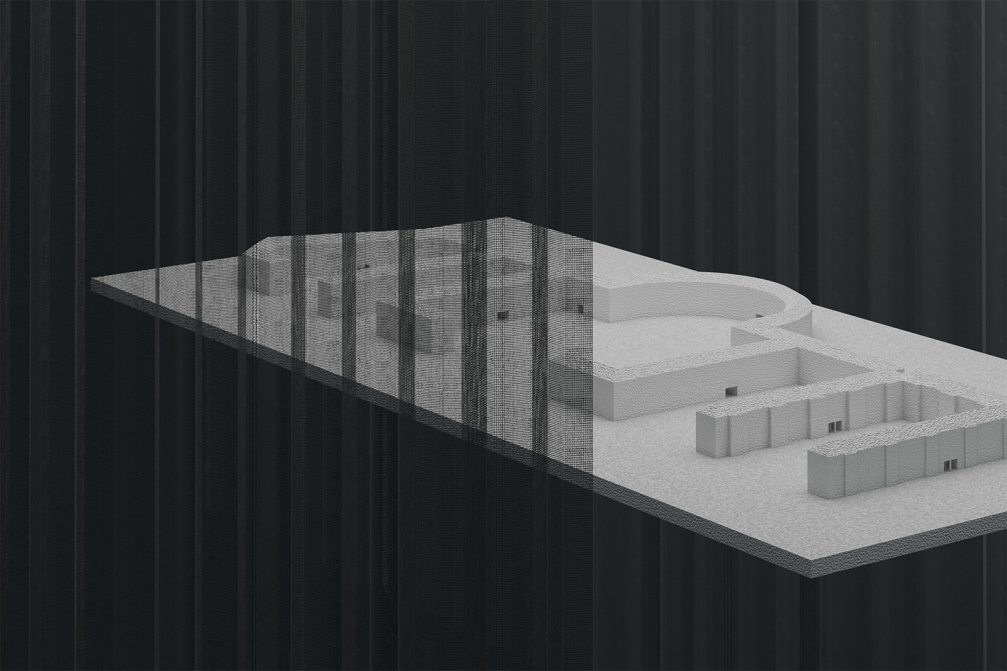
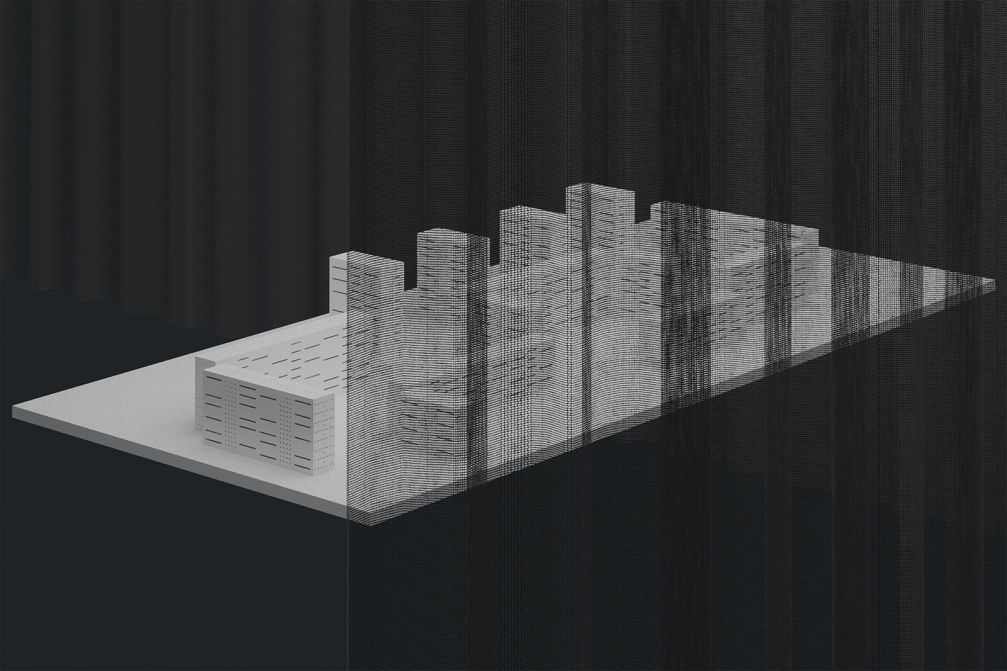
The official opening of the Latvian Pavilion will take place on May 25, at 12.30, and will also serve as the launch for an accompanying publication «The Architecture of Together and Apart: An Inquiry into Apartment Buildings». The book encapsulates and extends the content of the exhibition, and includes essays written by a diverse range of authors. Among them, architecture theorist Robert Alexander Gorny suggests a relational approach to understanding how apartment buildings came about as a specific form of residential architecture. Academic and artist Renata Tyszczuk notes how the domestic sphere is playing an increasingly bigger part in the politics of global climate. Also — economist Pēteris Strautiņš outlines the relationship between the free market and the experience of being a homeowner, while political scientist Ivars Ījabs describes how apartment buildings can function as cost–effective instruments of governance. Among the contributions, the book also includes an excerpt from Peter Sloterdijk’s «Sphären III» (Spheres III), that dissects the relationship of the individual apartment and the modern self. The 200–page volume features fragments of photo series by Reinis Hofmanis and Ieva Raudsepa, portraying life in apartment buildings, both from a distance and a close–up perspective.
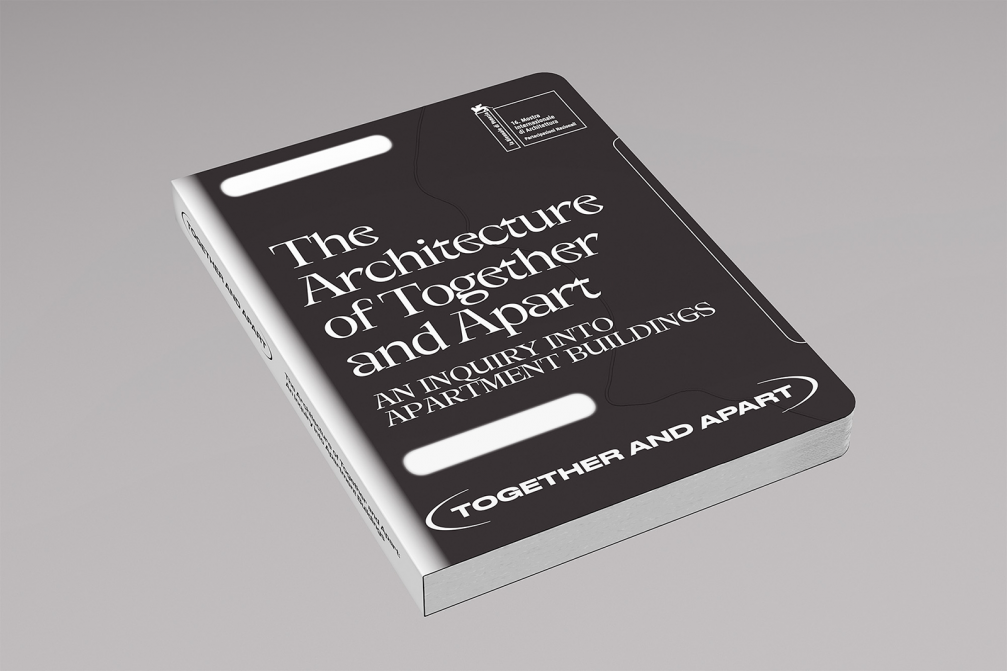
The Latvian Pavilion «Together and Apart» at Biennale Architettura will be on view from May 26 until November 25 at the Arsenale Artiglierie, Venice, Italy.
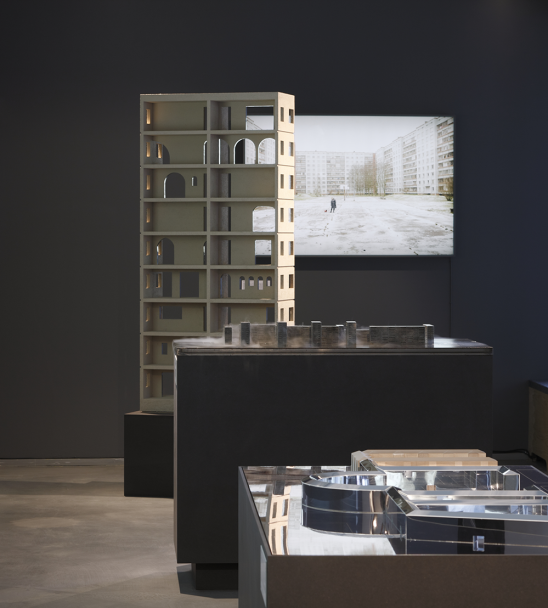
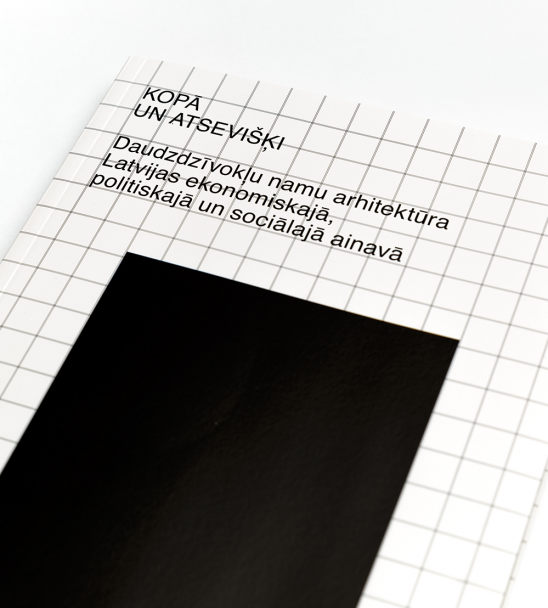
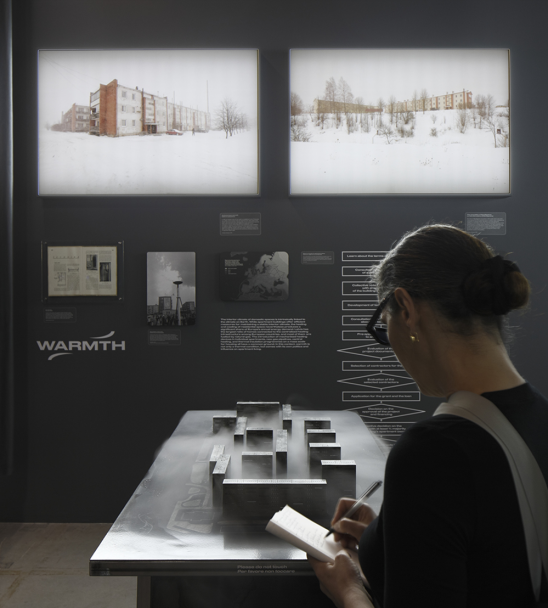
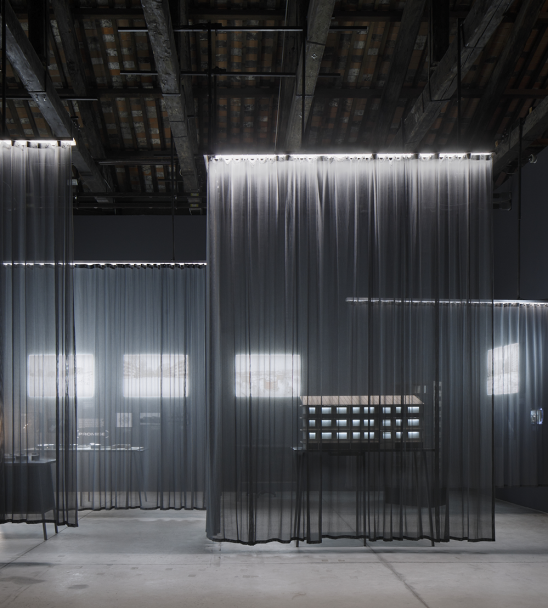
Viedokļi